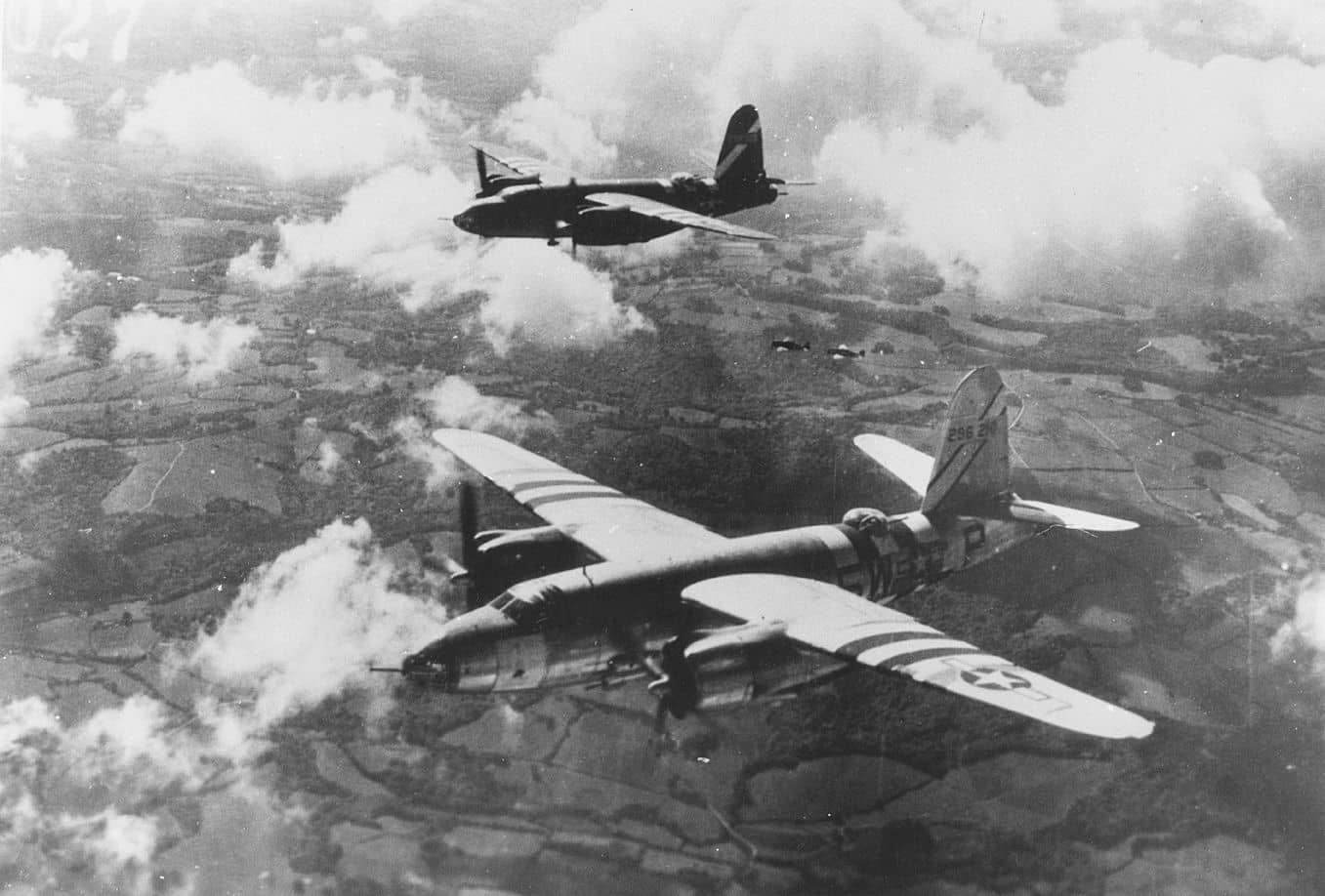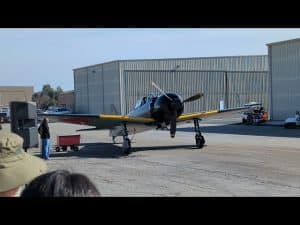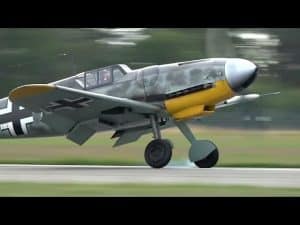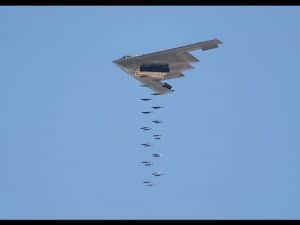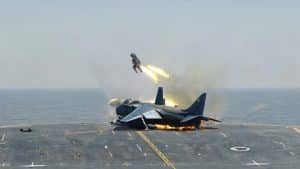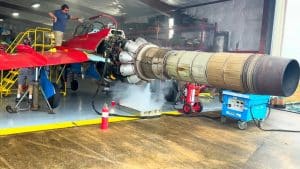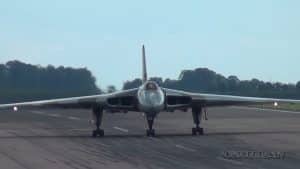5 Facts About The Most Dangerous WW2 Bomber
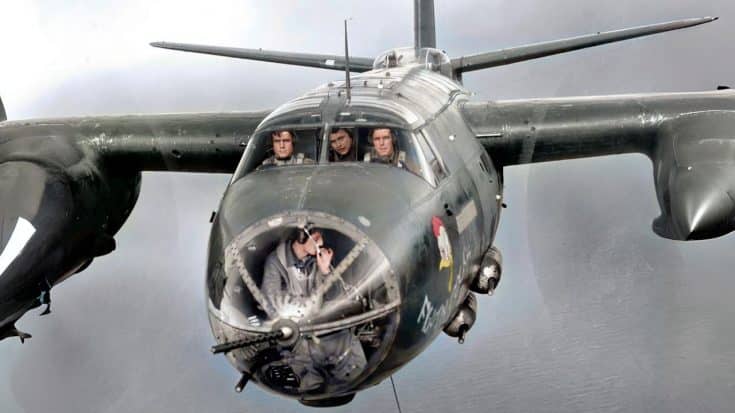
YouTube / Dark Skies
Here are five interesting facts that you need to know about the most dangerous WWII bomber – the B-26 Marauder:
5. There was no prototype of this shoulder-winged monoplane
This was because the aircraft was ordered off the drawing board. The US Army Air Corps published requirements for a new twin-engine medium bomber in 1939, during a time when a war against Germany became more inevitable. It was Glenn L. Martin Company’s proposal, Model 179 designed by then 26-year-old engineer Peyton M. Magruder that stood out.
View this post on Instagram
4. The B-26 was 58 feet long and had a wingspan of 71 feet
Its weight was 37,000 pounds and powered by two Pratt & Whitney R-2800-43 Double Wasp radial engines producing up to 2,200 hp each, allowing it to reach a maximum of 285 mph.
3. It was dubbed as ‘Martin’s Miracle’ by Time Magazine
Following President Franklin D. Roosevelt’s famous call for 50,000 aircraft in 1940, the order for these planes was increased to 990 even though the prototype had yet to fly.
It finally did take the skies on November 25, 1940, and was in operational service soon after on February 8, 1941. This rapid feat even led Time Magazine to declare the bomber as ‘Martin’s Miracle.’
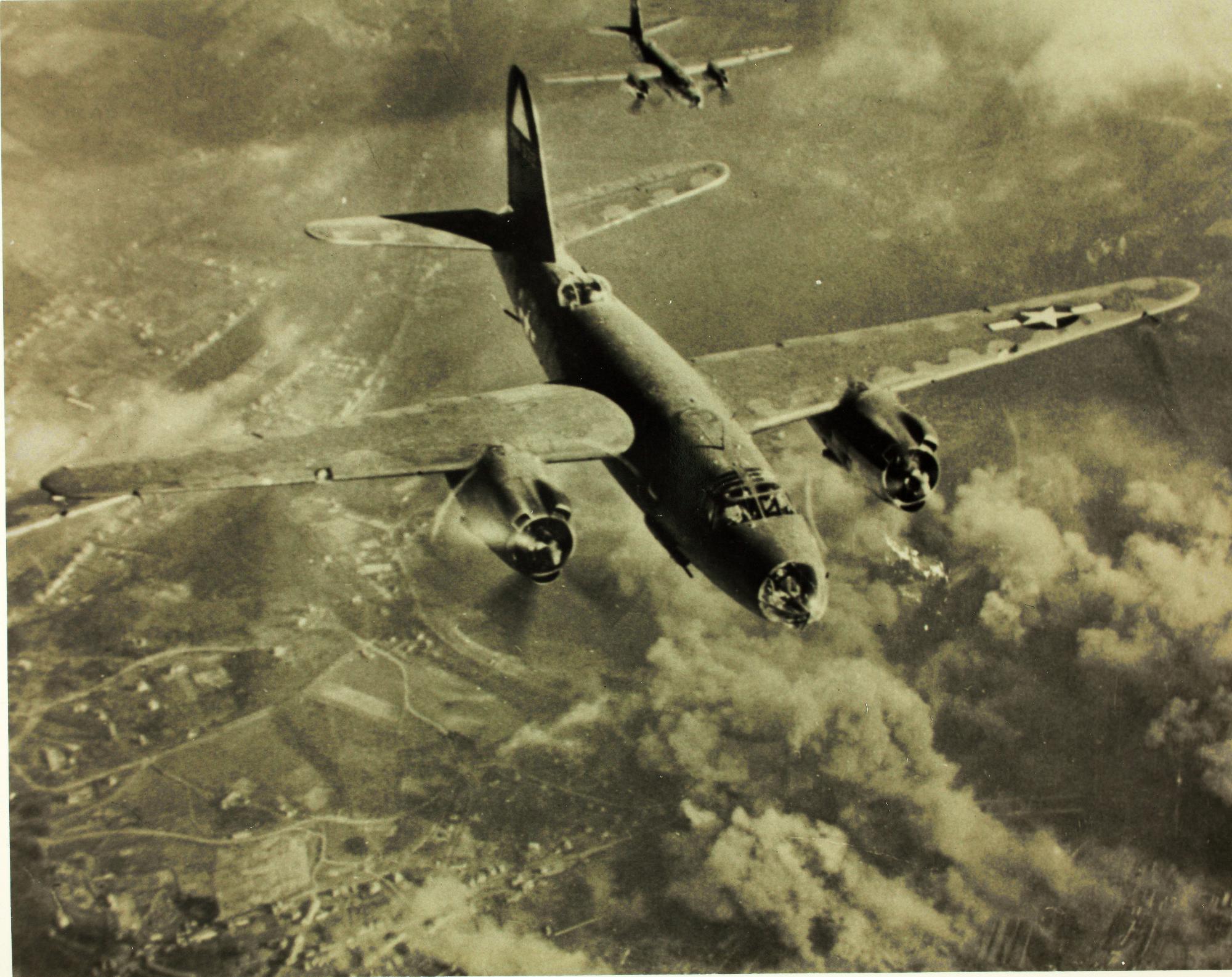
2. The aircraft had one major issue that continued to plague it throughout its service life
Because of the Marauder’s small wings and high loading, it had a relatively high landing speed of 120 to 135 mph and a stall speed of around 120. This made it challenging to fly, especially for inexperienced pilots in training. Several accidents happened and increased after the US entered WWII.
15 models crashed in over 30 days in MacDill AFB in Florida and 13 crashed in a little over a year, earning infamous nicknames such as the ‘Widowmaker,’ and the ‘Flying Coffin.’
1. Despite its poor reputation, more experienced airmen found the Marauder to be a highly effective plane
This is because of the Marauder’s high degree of crew survivability. The solution was simple – better pilot training. When approaching a landing on one engine, the pilot needs to stay 150mph on the runway.
Once this procedure was eventually adopted, the accident rate dropped tremendously. This resulted in more B-26s to enter service, operating in all the theaters of the war.
